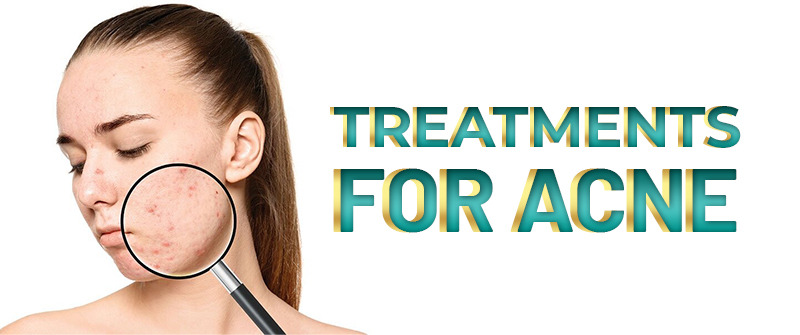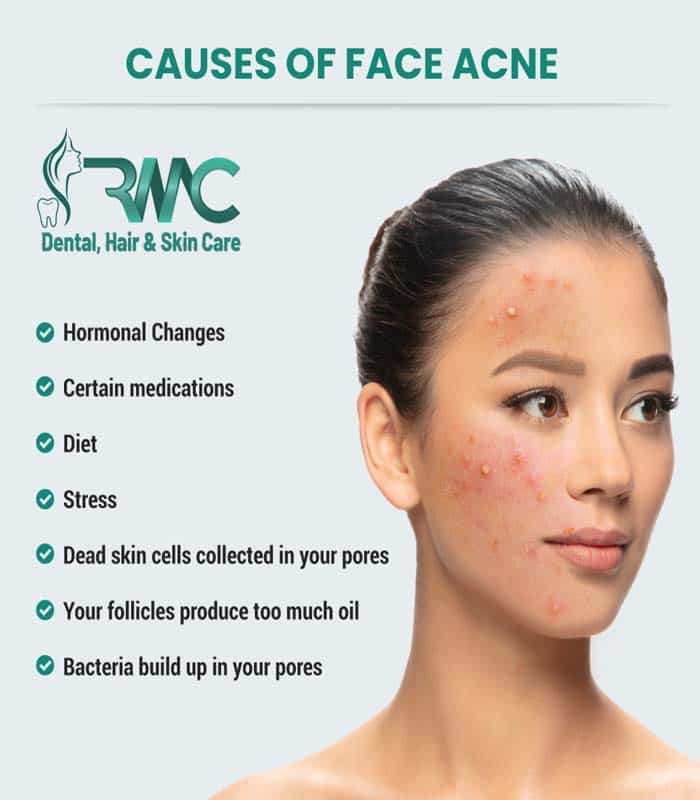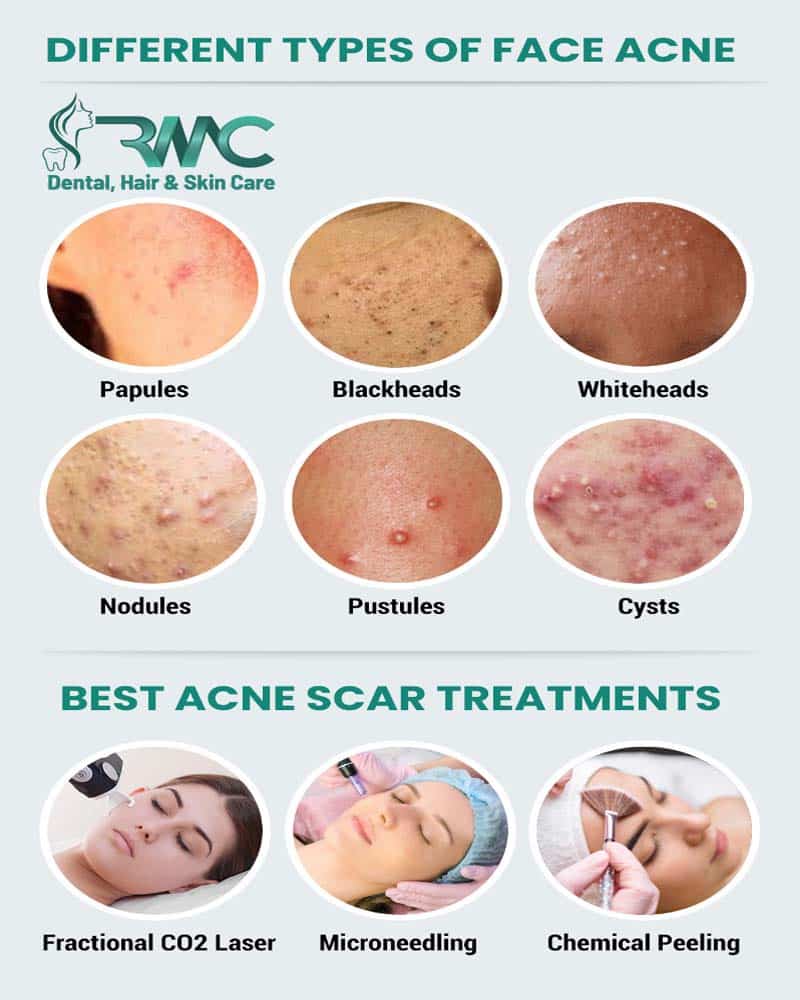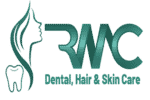
Acne Scars: Types, Causes and Treatment
With accumulation of oils, bacteria and dead skin in the pores of skin iny openings through which sweat and oil escape to the surface are formed which are called an acne lesion or pimple. Your skin sheds about 40,000 cells per hour, but occasionally one of those dead cells gets stuck in a pore. Whiteheads and blackheads can sometimes be caused by tiny blocked pores. These pores can occasionally swell up and cause different kinds of acne. Acne is the most prevalent skin condition in the world, so if you have it, you’re not alone. Between the ages of 11 and 30, about 80% of individuals will be affected. Due to their changing hormones, adolescents tend to develop acne. Adults can still be affected by hormones, but several external factors such as environment and medications like birth control pills also cast significant impact.

Causes of Acne Scars Based on Their Types
Inflammation of acne blemishes leads to acne scars. The pore wall breaks down and swells as a result of the acne. Some acne lesions are small, and the resulting scars are shallow and quick to heal. Sometimes the contents of blemishes leak into the surrounding tissue and leave deeper scars. By forming new collagen fibers, the skin responds by healing the scar.
There are two main types of acne scars: those that are raised on the skin’s surface or those that develop when tissue is lost, leaving an indentation in the skin’s surface. In actuality, this particular type of acne scar indicates that your skin may be performing its function a little too well. To aid in the healing of the wound caused by the acne, your skin produces collagen (also known as “repair tissue”), but if it produces too much, raised scars result.
All acnes don not cause scars and even if they cause them, the scars are not permanent. Only some types of scars caused by acne are permanent and require medical treatment. Scars can be almost completely removed with some treatments, while others use the skin’s own collagen to speed up the skin’s natural healing process.
Types of Acne Scars

Atrophic Scars
A wide shaft and a narrow tip define the ice pick tool. In that it is a hole that is wide at the top and narrows to a point as it penetrates deeper into the skin, this kind of acne scar resembles the tool. Such an indentation is typical and one of the scars that is hardest to heal. Where your skin is thinner, like on your forehead and upper cheeks, you’ll find them.
Rolling: Since your skin is thicker there, these scars are frequently seen on your lower cheeks and jaw. The skin appears wavy and uneven because of the sloping edges of the indentations.
Boxcar: Boxcar scars are indentations with more pointed edges. Those edges penetrate the skin deeply. The lower chest and jaw often have these scars.
Hypertrophic Scars
Scars that are raised above the skin are known as hypertrophic or keloid scars. They develop as a result of excessive growth of collagen-containing fibrous tissues in the vicinity of the skin. These scars, which are typically located on the chest, back, shoulders, and jawline, may itch, feel tender, or even hurt.
Treatment of Acne Scars
Scars from acne are difficult to remove, and no one treatment works best for everyone. Depending on the type of scar, the type of skin you have, and the extent of the scarring, one or a combination of the following methods may help your skin look better.
Skin care at home
Reduce the contrast between skin without scars and skin that has them by wearing sunscreen. Additionally, some medicated creams, such as those containing hydroxyl acids or azelaic acid, might be beneficial.
Fillers for soft tissues
Collagen, fat, or other substances can be injected under the skin to plump the skin over scars with indentations. Lessening the scars’ visibility is the goal. Because results are transient, additional treatments are required to maintain the impact. Skin color changes are not likely to occur using this technique.
Steroids injections
Your skin’s appearance can be improved by injecting steroids into some raised scar types.
Resurfacing with lasers
This method is becoming more and more popular and is frequently applied to scars that have previously undergone dermabrasion therapy. People with darker skin or a history of keloids are more likely to experience negative effects from this technique.
Other methods based on energy
Without endangering the skin’s outer layer, radiofrequency and pulsed light devices can help make scars less noticeable. You might need additional treatments because the results are subtle.
Dermabrasion
Usually, scarring that is more severe requires this procedure. Using a rapidly rotating brush or another tool, your doctor removes the top layer of the skin. Deeper acne scars may appear less noticeable, and surface scars may completely disappear. Scarring and skin color changes are examples of potentially serious side effects.
Peel Off
To remove the epidermis and lessen the visibility of deeper scars, your doctor applies peel Off solution to the scar tissue. To maintain results, you can repeat mild and medium peels. One deep peel is all you are allowed. In particular, when deep peels are applied to dark skin, changes in skin color are possible side effects.
Skin pricking
To encourage the formation of collagen in the underlying tissue, your doctor rolls a needle-studded device over the skin. It is a method for acne scarring that is secure, easy to use, and possibly effective. Skin fading is a very remote possibility. You may need additional treatments because the results are subtle.
Surgery
In this procedure, the doctor uses the punch excision technique to remove the scars. Afterward, the doctor closes the wound with sutures or a skin graft. Your doctor uses the subcision technique to loosen the fibers under a scar by inserting needles under the skin.
All of the above-mentioned skin treatments are available at the Rehman Medical Center at reasonable prices. Once you get an appointment with the doctor at the Rehman Medical Center, all of your skin worries and concerns will be tackled by the experts at the center who give you the best available skin care treatment. So get in touch with the Rehman Medical Center and get rid of your skin worries.
